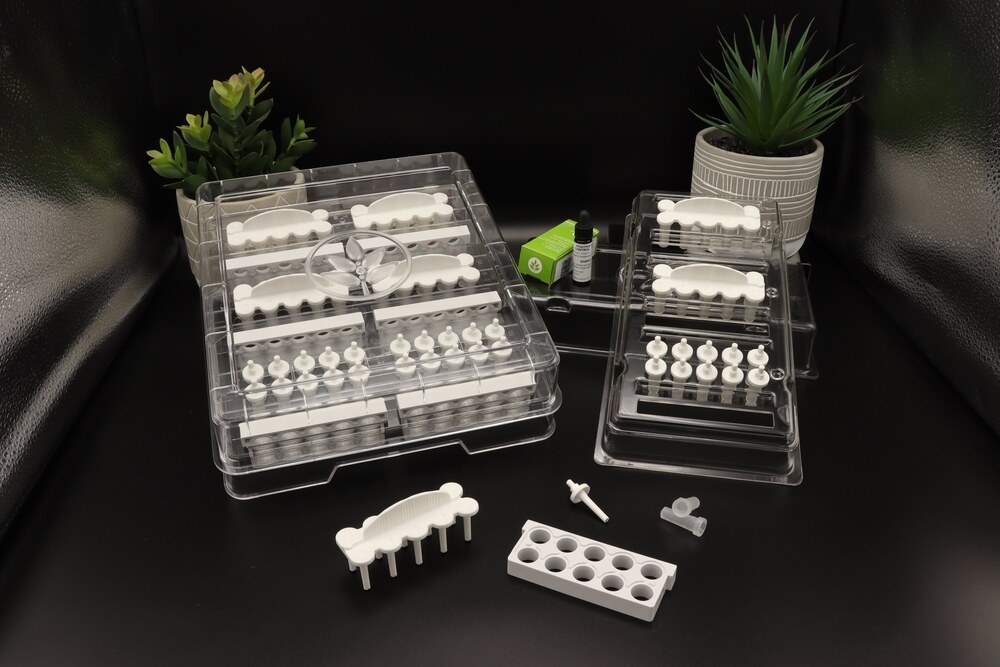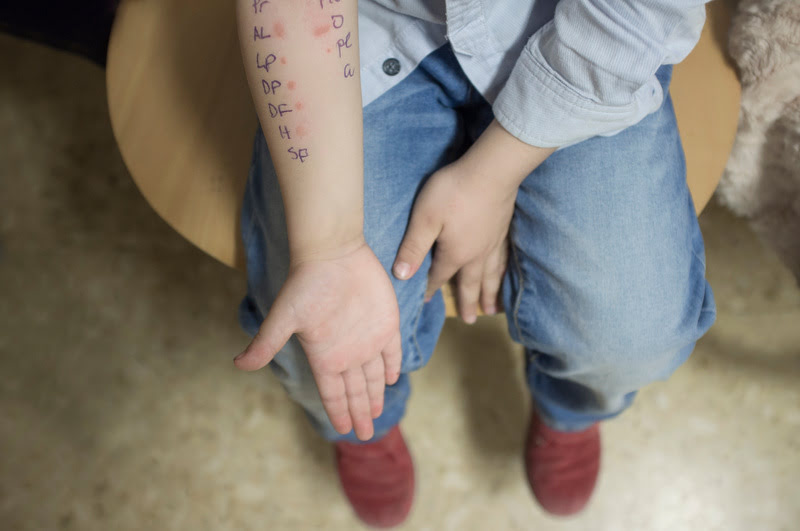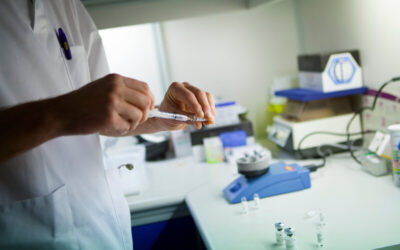
From seasonal allergies to food sensitivities, the impact of allergic reactions can range from mild discomfort to life-threatening anaphylaxis. Accurate diagnosis is the cornerstone of effective allergy treatment and skin testing remains one of the most reliable and widely used diagnostic tools. This article explores the importance of skin testing in allergy treatment, its benefits, and how it compares to other diagnostic methods.
WARNING Important Safety Information (See full prescribing information for complete boxed warning.)
Intended for use only by licensed health care provider experienced in administering allergenic extracts and trained to provide immediate emergency treatment in the event of a life-threatening reaction. Observe patients for at least 30 minutes following administration. Immunotherapy may not be suitable for patients with medical conditions that reduce their ability to withstand a systemic reaction. Allergenic extracts can cause serious systemic reactions, including anaphylactic shock and in rare cases death, especially in patients who have severe or steroiddependent asthma, cardiovascular disease, or in patients who use beta blockers. Do not inject intravenously. This product is intended for subcutaneous injection for immunotherapy and percutaneous use for diagnosis. Refer to contraindications, warnings, precautions, adverse reaction and over dosage for more detailed information.
What is Skin Testing?
Skin testing is a diagnostic procedure used to identify specific allergens that might trigger an allergic reaction in an individual. The test procedure involves exposing the skin to small amounts of suspected allergens and observing the reaction. There are two primary types of skin tests:
1. Skin Prick Test (SPT), also known as puncture or scratch tests: This is the most common form of skin testing. A small amount of allergen extract is placed on the skin, usually on the forearm or back, and then a tiny needle prick is made through the drop to allow the allergen to enter the skin. If the person is allergic, a small, raised bump (wheal) surrounded by redness (flare) will appear within 15 to 20 minutes. The ComforTen® and QuinTip® Skin Test Devices provided by HollisterStier Allergy are designed to encourage uniform skin testing results and allow readings of 3mm+ to read positive during an allergy test.1 These two devices are also self-loading, innovating the traditional testing process by removing the need to place the extract directly on the skin.
2. Intradermal Test: This test involves injecting a small amount of allergen extract just beneath the skin’s surface. It is more sensitive than the skin prick test and is often used when the skin prick test results are inconclusive.
Why is Skin Testing Important?
Accurate Diagnosis

Personalized Treatment Plans
Early Detection and Prevention
Differentiating Between Allergies and Other Conditions
Allergic symptoms can often mimic other conditions, such as infections or autoimmune diseases. Skin testing helps differentiate between these conditions, ensuring that patients receive the appropriate treatment. Skin testing can help determine if allergies are a contributing factor to other conditions, as well.5
Monitoring Treatment Efficacy
Benefits of Skin Testing Over Other Diagnostic Methods
While there are other methods for diagnosing allergies, such as blood tests (IgE tests), skin testing offers several advantages:
Speed and Convenience
Cost Effectiveness
Higher Sensitivity and Specificity
Patient Engagement
Limitations and Considerations
While skin testing is highly effective, it is not without limitations. Some of these potential limitations include:
1. Medication Interference: Certain medications, such as antihistamines, can interfere with skin test results. Patients may need to stop taking these medications for a few days before the test to ensure accruate results.3
2. Skin Conditions: Patients with severe eczema or other skin conditions may not be suitable candidates for skin testing. In such cases, blood tests may be a better alternative.5
3. Risk of Severe Reactions: Although rare, there is a small risk of severe allergic reactions during skin testing. This is why skin tests should always be performed under the supervision of a trained healthcare provider who can manage any adverse reactions.2
Skin testing is an important tool when it comes to the diagnosis and management of allergies. Its accuracy, speed, and cost-effectiveness make it the preferred method for identifying specific allergens and developing personalized treatment plans. While it has some limitations, the benefits of skin testing far outweigh the drawbacks, making it an indispensable part of allergy care.
When utilizing innovative tools like the ComforTen® and QuinTip® Skin Test Devices, healthcare providers can achieve better health outcomes and improve the quality of life for those affected by allergies. Request a quote today to learn more about how HollisterStier Allergy elevates allergy care.
Article References
- Nelson, H.S., et al. “Evaluation of Devices for Skin Prick Testing” J. Allergy Clin. Immunol.; 101: 153-156. February 1998.
- American Academy of Allergy, Asthma & Immunology (AAAAI). (2023). Allergy Testing. Retrieved from https://www.aaaai.org/tools-for-the-public/conditions-library/allergies/allergy-testing
- Cleveland Clinic. (2023). Allergy Testing. Retrieved from https://my.clevelandclinic.org/health/diagnostics/21495-allergy-testing
- World Allergy Organization Journal. (2019). Early Detection of Allergies. Retrieved from https://www.worldallergyorganizationjournal.org/article/S1939-4551(19)31236-0/fulltext
- Mayo Clinic. (2023). Allergy Tests. Retrieved from https://www.mayoclinic.org/tests-procedures/allergy-tests/about/pac-20392895
- Annals of Allergy, Asthma & Immunology. (2022). Monitoring Treatment Efficacy. Retrieved from https://www.annallergy.org/article/S1081-1206(22)01832-4/fulltext
- AACI Journal. (2020). Advances in Allergy Testing. Retrieved from https://aaciijournal.biomedcentral.com/articles/10.1186/s13223-020-00461-x
- PMC. (2013). Cost-Effectiveness of Allergy Testing. Retrieved from https://www.ncbi.nlm.nih.gov/pmc/articles/PMC3555364
- ScienceDirect. (2024). Sensitivity and Specificity of Skin Testing. Retrieved from https://www.sciencedirect.com/science/article/pii/S1081120624000012
- American Academy of Family Physicians (AAFP). (2018). Allergy Testing in Primary Care. Retrieved from https://www.aafp.org/pubs/afp/issues/2018/0701/p24.html



